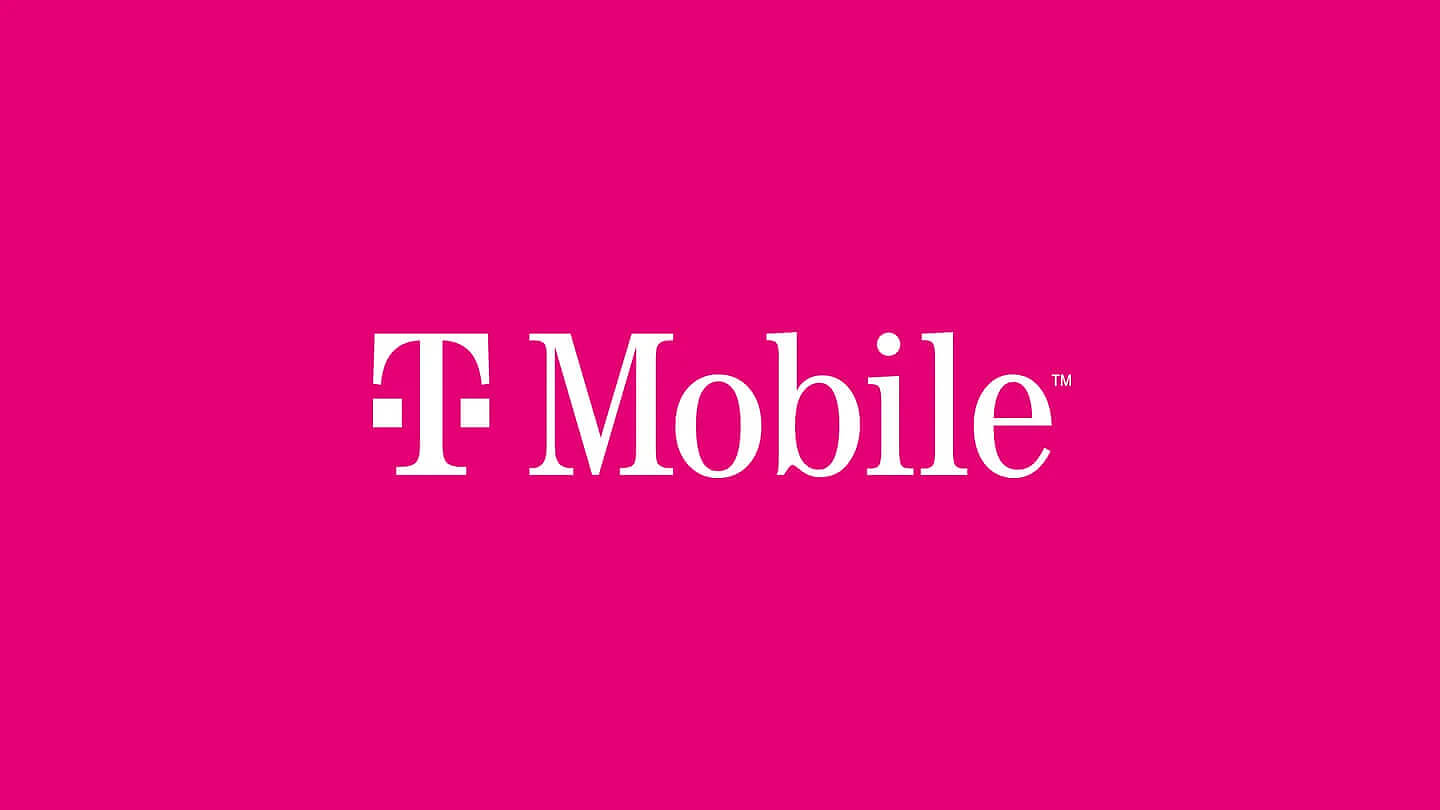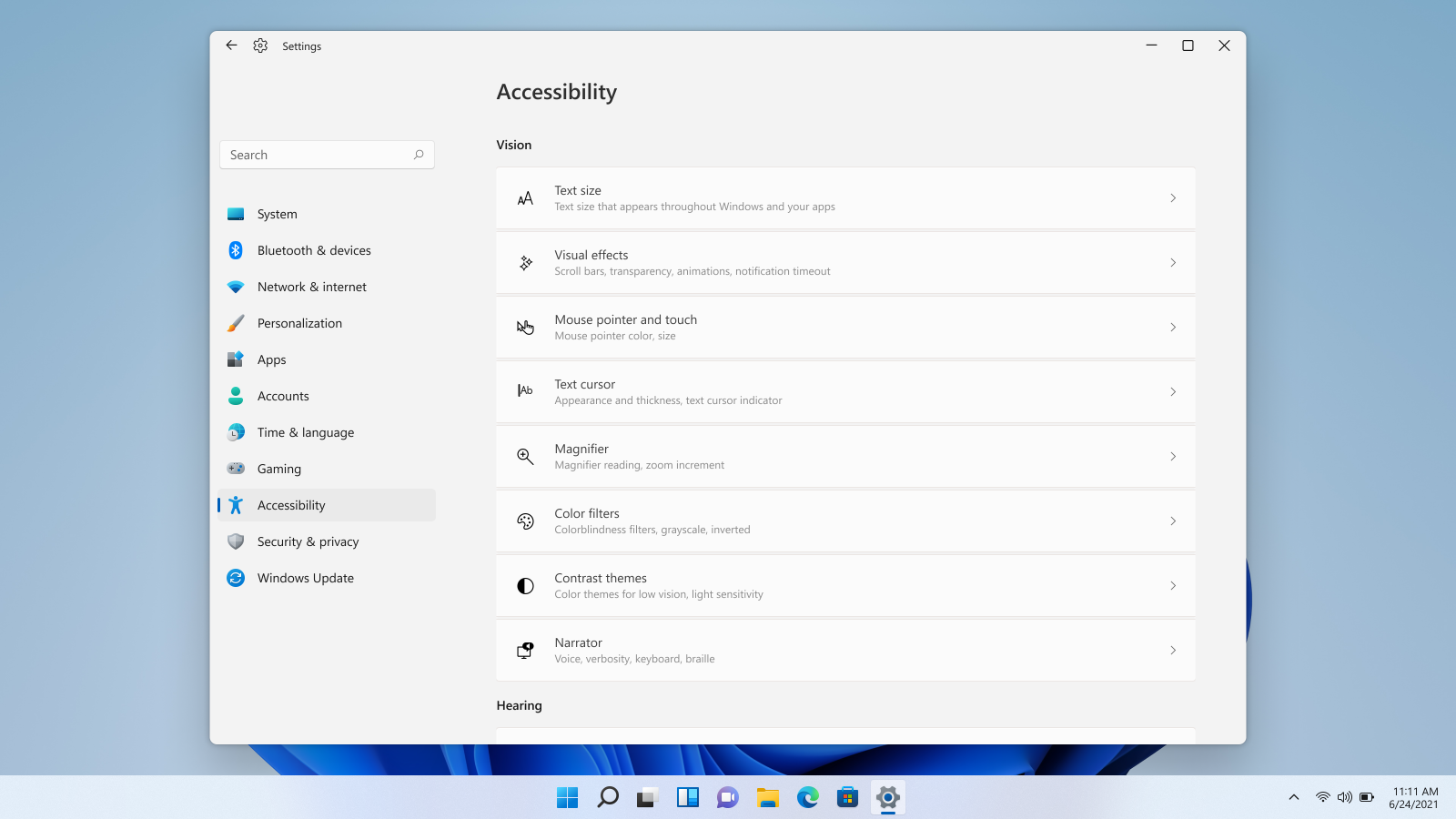D3dx9_43.dll Error - What is it?
D3dx9_43.dll is a type of Dynamic Link Library containing small programs. This file is associated with Microsoft DirectX software. It is used and utilized by most Windows-based games and DirectX advanced graphic programs.
The error D3dx9_43.dll pops on your computer screen when there is some issue when running or loading Microsoft DirectX programs.
This error is often displayed in any one of the following formats:
- “D3dx9_43.DLL Not Found"
- "D3dx9_43.dll not found. Reinstalling might help fix this."
- "The file d3dx9_43.dll is missing"
- "File d3dx9_43.dll not found"
The good news is that this error code is not fatal.
This means it will not result in system crashes, failure, or data loss. But it may hamper your ability to access, run and load Windows-based games associated with DirectX therefore to avoid the inconvenience it is advisable to repair it immediately.
Solution
 Error Causes
Error Causes
D3dx9_43.dll error code can occur due to several reasons. These include but are not limited to:
- Missing or corrupt D3dx9_43.dll file
- Outdated drivers
- Corrupt registry
- Viral infection
Further Information and Manual Repair
To fix the D3dx9_43.dll error on your PC, try the manual easy to do methods illustrated below. To perform these methods to repair the issue, you don’t need to be a technical whiz. These are simple methods and easy to perform.
Method 1 - Check Your Recycle Bin or Download D3dx9_43.dll File
If you just recently uninstalled a program from your PC, then there is a possibility that the D3dx9_43.dll file got accidentally deleted during the process.
This happens because DLL is a shared file. The program you uninstalled might be running with the same file. In case of accidental deletion of the D3dx9_43.dll file, it is advisable to check your recycle bin to repair the issue.
Simply go to the recycle bin and look for the deleted file; if you locate it simply reinstall. However, if you are unable to find it, then if you have access to an internet connection, simply download the D3dx9_43.dll file from a reliable DLL website.
Method 2 - Update Drivers
If the error code occurs due to outdated drivers, then it is recommended to update drivers on your system. For example, the D3dx9_43.dll file error indicates an outdated video card driver since this file is linked to video game software.
Therefore, simply update the drivers for your video card. Drivers can be updated in Windows by using a driver update wizard from within Device Manager. The wizard will walk you through the entire driver update process, making the updating task a lot simple and hassle-free.
Method 3 - Install an Antivirus
In case of malware infection, it is advisable to install a powerful antivirus. Simply run it to scan your entire PC for viruses. Then remove them to resolve the issue.
Method 4 - Clean and Repair the Registry
D3dx9_43.dll error may also pop up due to registry corruption.
This happens when the registry loads with unnecessary and obsolete files like cookies, junk files, internet history, and bad registry entries.
These files take up all the space and damage the registry. It also results in DLL file corruption and disk fragmentation.
To resolve this it is important to clean the registry and repair it.
A quick way to perform registry clean-up is to download Restoro. This is an advanced PC Fixer embedded with a powerful registry cleaner. It scans for all registry-related errors instantly, removes them, cleans the registry, and repairs the damaged files.
Click here to download Restoro on your PC and resolve error D3dx9_43.dll today!


 Hacker group recently came up with claims that they have stolen data from 100 million T-Mobile customers. T-Mobile has responded with confirmation it has been compromised and that over 40 million records were stolen, among them are not just present customers, but anyone who has applied for T-Mobile service as well as past accounts.
Hacker group recently came up with claims that they have stolen data from 100 million T-Mobile customers. T-Mobile has responded with confirmation it has been compromised and that over 40 million records were stolen, among them are not just present customers, but anyone who has applied for T-Mobile service as well as past accounts.
 Windows 11 provides several different ways to make your cursor stand out and be easier to spot inside it. You can make the mouse pointer larger, invert it, or change its color.
Windows 11 provides several different ways to make your cursor stand out and be easier to spot inside it. You can make the mouse pointer larger, invert it, or change its color.
